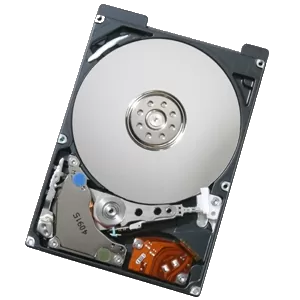Running a System 76 Galago Pro (10 years old), Linux Mint XFCE 21.1 Vera and I am very much a Novice to Intermediate Linux user. Very familiar with Linux but technically unsophisticated.
It might boot and then crash, or just land on this screen at start up:
You are in emergency mode. After logging in, type "journalctl -xb" to view logs, "systemctl reboot" to reboot "systemctl default" or "exit" to boot into default mode.
Press Enter for maintenance
(or press Control-D to continue):
Pressing Control-D results in:
Reloading system manager configuration
Starting default target
Failed to start default target: Transaction for graphical.target/start is destructive (emergency.target has 'start' job qeued, but 'stop' is included in transaction).
Primary drive is an SSD: i.d. = /dev/sdb vendor: Crucial model: CT240M500SSD3 size: 223.57 (complete system details attached)
Have booted into live USB (Mint 21.1) and run fsck test and Smarttools smartctl on the drive and did not find (that I can understand) and issues with the SSD unit. Followed forum thread and reinstall Grub to MBR. So far no change.
Am I looking at a drive failure or should I just reinstall the OS?
Any / all help very much appreciated.
It might boot and then crash, or just land on this screen at start up:
You are in emergency mode. After logging in, type "journalctl -xb" to view logs, "systemctl reboot" to reboot "systemctl default" or "exit" to boot into default mode.
Press Enter for maintenance
(or press Control-D to continue):
Pressing Control-D results in:
Reloading system manager configuration
Starting default target
Failed to start default target: Transaction for graphical.target/start is destructive (emergency.target has 'start' job qeued, but 'stop' is included in transaction).
Primary drive is an SSD: i.d. = /dev/sdb vendor: Crucial model: CT240M500SSD3 size: 223.57 (complete system details attached)
Have booted into live USB (Mint 21.1) and run fsck test and Smarttools smartctl on the drive and did not find (that I can understand) and issues with the SSD unit. Followed forum thread and reinstall Grub to MBR. So far no change.
Am I looking at a drive failure or should I just reinstall the OS?
Any / all help very much appreciated.



